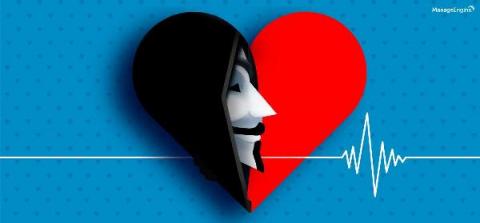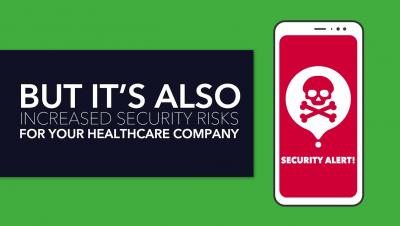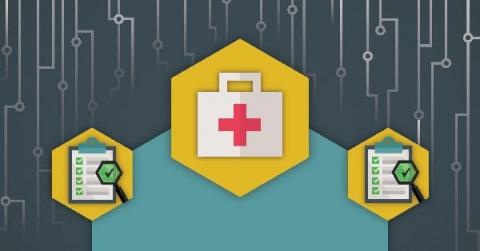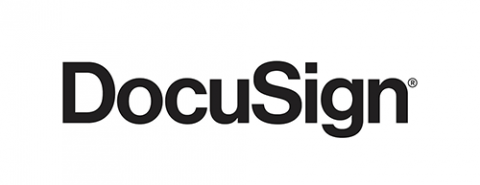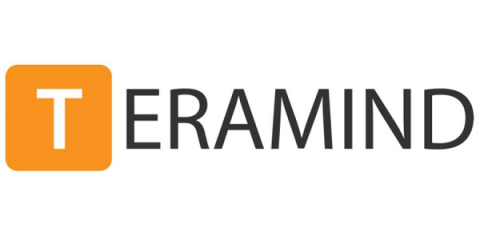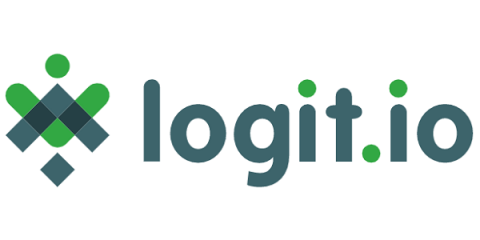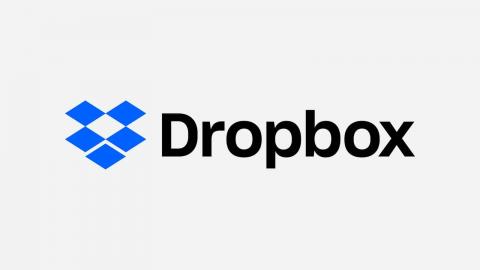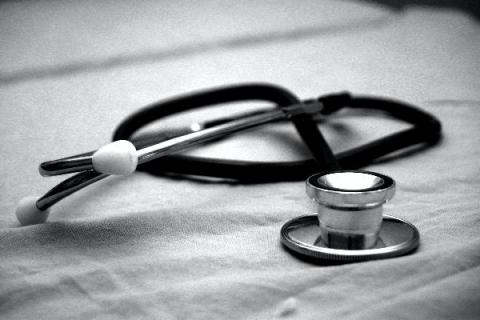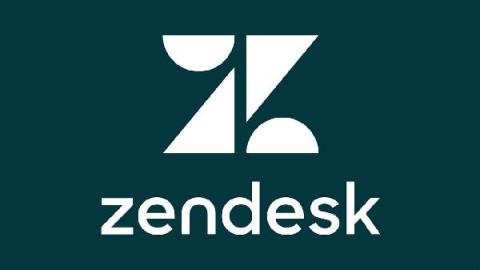Five worthy reads: The never-ending love story between cyberattacks and healthcare
Five worthy reads is a regular column on five noteworthy items we’ve discovered while researching trending and timeless topics. In this edition, we’ll learn about the legacy between the healthcare industry and cyberattacks, the vulnerable points in the healthcare system, and how risks can be mitigated. Did you know that for 10th year in a row, the healthcare industry has seen the highest impact from cyberattacks of any industry?


